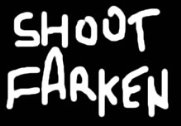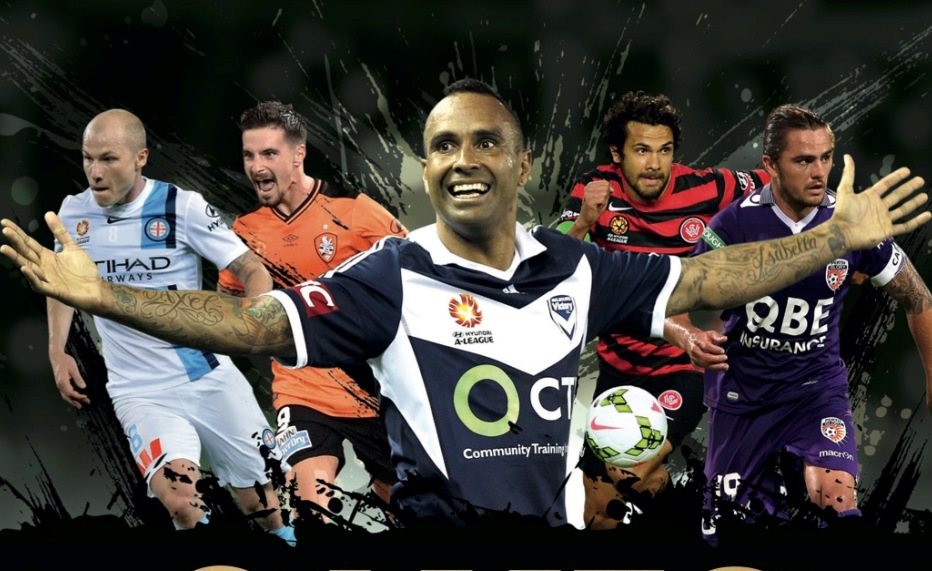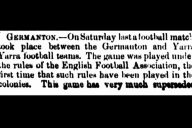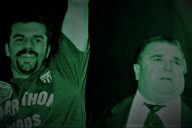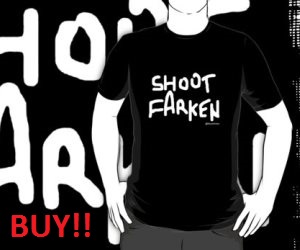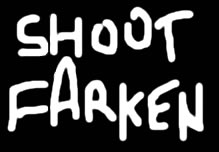In 1977, my mother took me on a journey. We walked down to our little high street, with its two small supermarkets, the modest Woolworths general store, the menswear store where I bought my first footy socks, the shoe store where I made my mum buy me my first pair of Adidas sneakers (they were blue suede with yellow stripes and when the colours ran my poor mother would look at me in exasperation and wonder how on earth she spent so much money on something that stained my white sporting socks), the three green grocers, the three “wog bars” which were ostensibly gathering places for men to play cards but came with requisite pocket money sucking pool table and pinball machine, the tattered cinema which by that stage was on its last legs, and the pool hall/amusement parlour which was home to the only full size snooker table in the suburb and where a few years later, as young teenagers, my friends and I would challenge ourselves after having served the pool table apprenticeship.
We didn’t stop by any of the shops that day. Instead, we walked directly to a tram stop and boarded the next tram. But we didn’t head into the city as we usually did on this tram route that day, we went in the opposite direction. The tram was heading out of town and into the future.
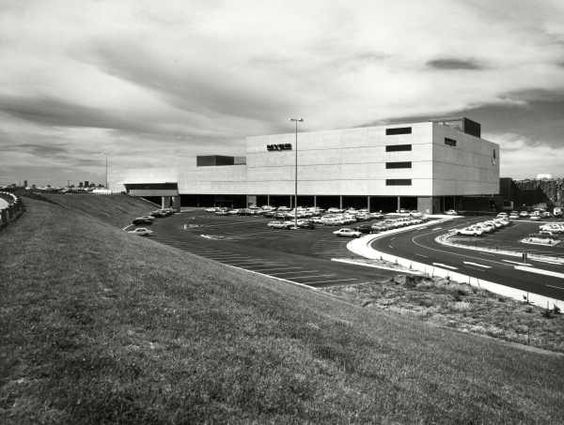
Highpoint Shopping Centre. Photo: Wolfgang Sievers
The future was Highpoint Shopping Centre. The days of my inner suburban high street were numbered. The suburb gentrified, retail habits changed and a plethora of cafes opened. The only survivor from my trip back in time is a solitary green grocer.
In 1977, in a twist of eventual ill-fate, the NSL also commenced its journey as a national football competition. My uncle would swing past my place and pick me up, first in his Kingswood, then in his Commodore. The car headed south, crossed the Yarra River, went past the Laconia Woollen Mills, where my uncle worked, to a dusty or boggy car park (depending on the weather) in Middle Park. A short walk later I would find myself in a tin stand surrounded by chimney smoking men, who worked in factories like my uncle, exhorting their men in blue to win for “Hellas”.
The days of the NSL, just like my inner suburban high street, turned out to be numbered.
For football in Australia, the future arrived in 2005. The future was the A-League. A competition created to meet the commercial challenges of the contemporary Australian sporting landscape.
It is no coincidence then that the man largely credited with establishment of the A-League, Frank Lowy, is a shopping centre mogul.
In a red box on page 8 of Games Goals Glory under the heading BOOKS TO READ the following three book titles appear – 1) A History of Football in Australia: A Game of Two Halves, 2) A-League: The Inside Story of the Tumultuous First Decade and 3) Frank Lowy: A Second Life. As Roy Hay bluntly states in the introduction to Games Goals Glory, if you want the historical context of how we got here you should look elsewhere.
Games Goals Glory: The A-League’s Teams, Players, Coaches and Greatest Moments is a celebration of eleven seasons of A-League football. It is a book for fans of the A-League. Its primary function is to act as a literary highlights reel. A coffee table book jammed with photos of Glorious Goals, Great Saves, Impressive Imports, Midfield Maestros, Defiant Defenders, and where well known football media figures like Melanie McLaughlin, Simon Hill and Andy Harper pop up to offer small contributions on aspects of the A-League. It is a throwback to the English football annuals from the 1960s and 70s you come across when you visit op shops and vintage stores.
When I quizzed football writer Joe Gorman over a bowl of pho last year on what he had on his plate, he mentioned how Roy Hay had asked him to contribute a piece on the A-League. Joe told me how he told Roy that he would only do so on the sole condition that he writes about Ljubo Milicevic. Roy said OK. Sure enough in the section devoted to Cult Heroes, Joe Gorman waxes on the perilous adventures of this Bukowski reading, espresso sipping footballing anti-hero and other eccentrics like ex-Fury manager Franz Straka, Miron Bleiberg, and Eugene Dadi. But in the end he tips his ultimate cult hero hat to Leigh Broxham, the limited footballer and DJ “who kept his head down and did what was asked of him” and became, not only Melbourne Victory’s, but the “A-League’s great stayer.”
And this is where Games Goals Glory functions at its best. It will become a nostalgic time capsule of footballers who never quite made it to the top of the football pyramid and, just as importantly, of the fans who helped build the foundations of the A-League.
In 2005, football fans were invited to visit the future, the A-League shopping mall with eight initial tenants who tried to keep their custom by providing them with limited footballers, journeymen, exotic rejects, damaged goods, and the odd marquee product. The fans stuck around, they even grew attached. Sure, the early fare that was served up wouldn’t see the light of day at a Michelin star-rated football restaurant, but the games delivered goals and glory, rivalries and ultimately derbies, the essence of football.
Eleven seasons later, the A-League shopping mall has expanded to ten tenants of various repute who are selling an improved product to a larger audience and, to Ange Postecoglou’s relief, providing a genuine pathway to the Socceroos.
In his piece, Michael Cockerill concludes on how “we won’t be stopping there, Frank Lowy refused to concede his dream of a 14 team league; it’s just taking longer than he would’ve liked. Bring it on!”
The transformation of football in Australia continues apace.
Games Goals Glory: The A-League’s Teams, Players, Coaches and Greatest Moments by Roy Hay with Ange Postecoglou, Simon Hill, Andy Harper, Michael Cockerill, Melanie McLaughlin, Joe Gorman, Richard Kreidler, Bill Murray, Andrew Howe is published by Hardie Grant Books and will be available in book stores from October 1, 2016.
Hardie Grant and the MCC Library cordially invite you to the book launch of Games Goals Glory with Roy Hay, John Didulica (PFA) and David Davutovic (Herald Sun) in conversation – 1.00pm, Thursday October 13.
RSVP by 5.00pm Wednesday October 12 to the MCC Library.
Email: library@mcc.org.au Phone: (03) 9657 8876
